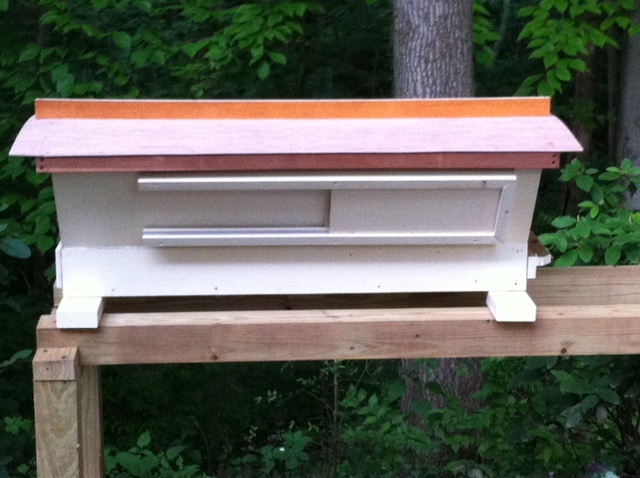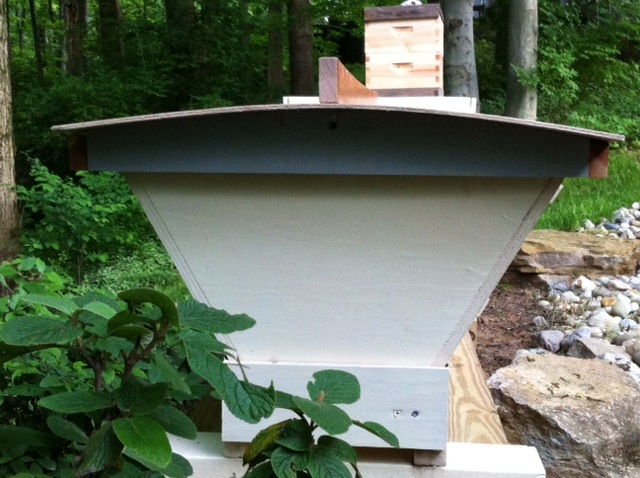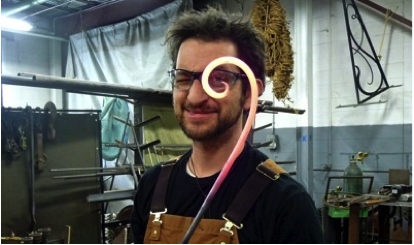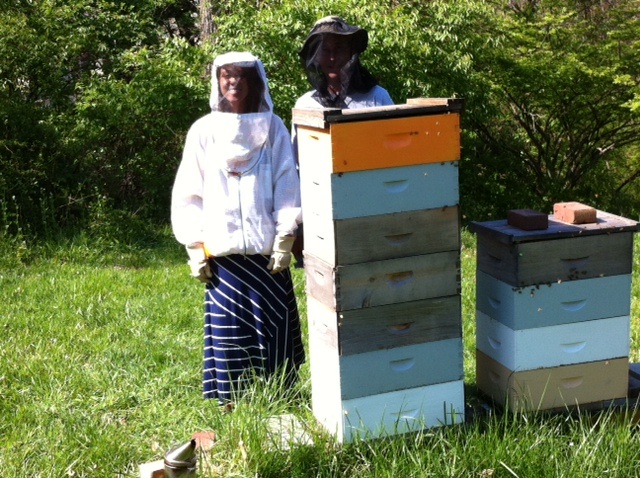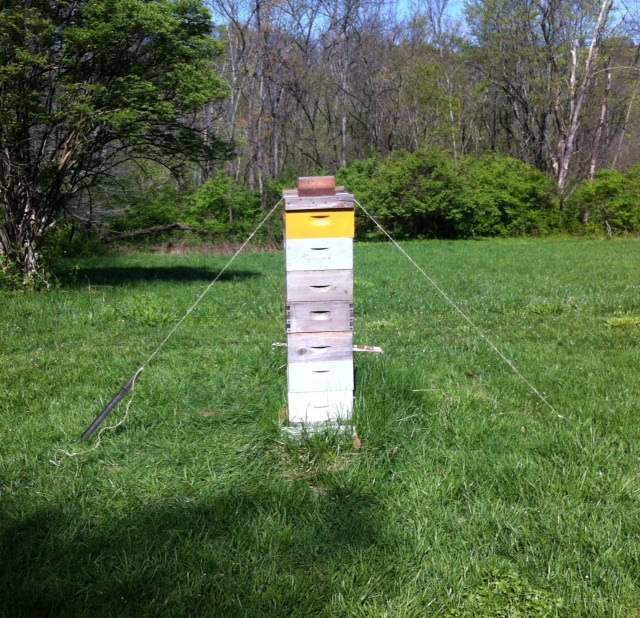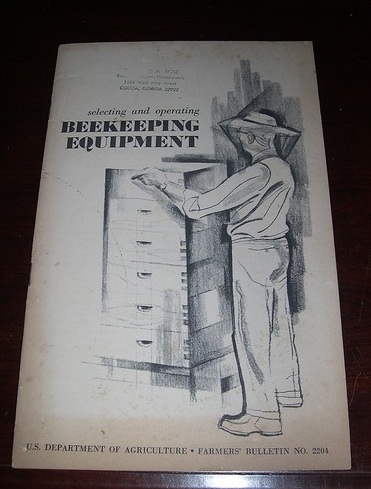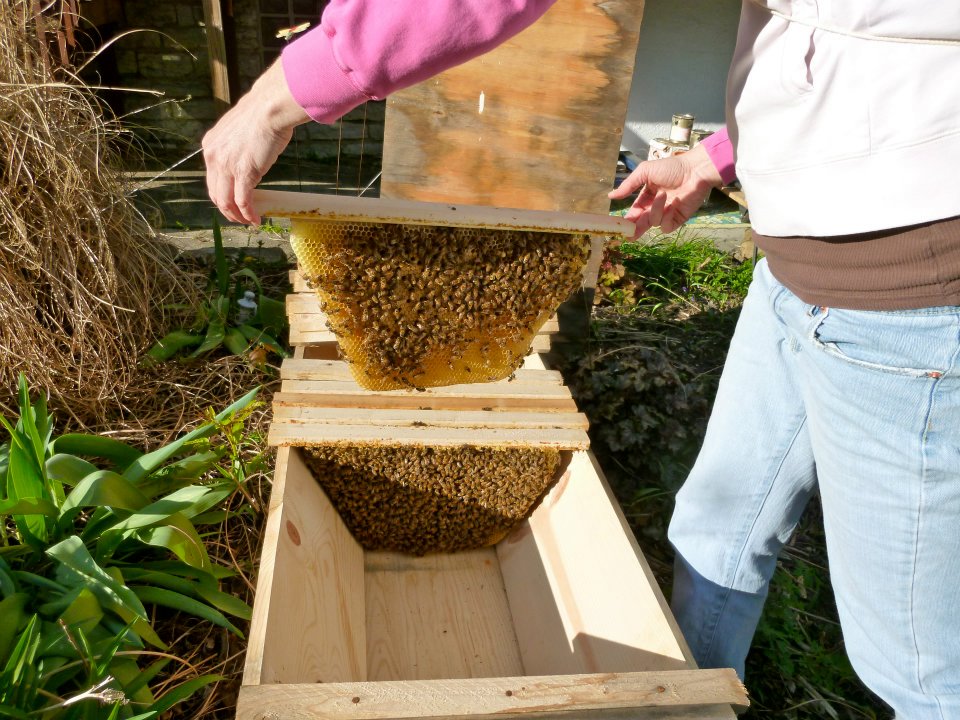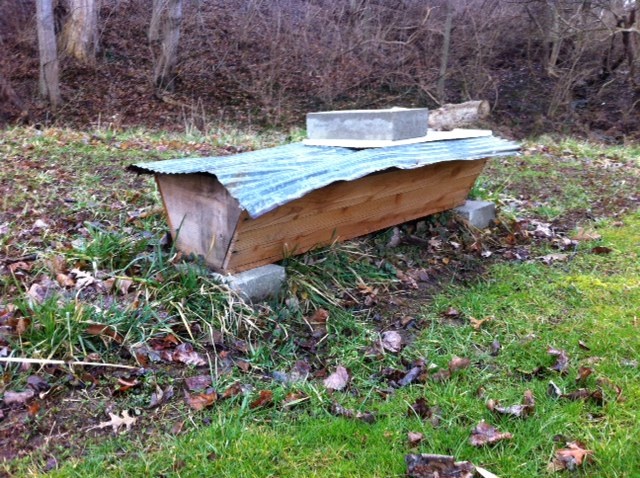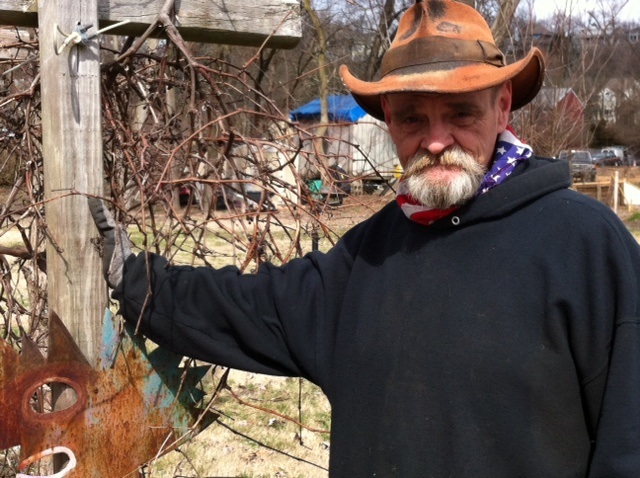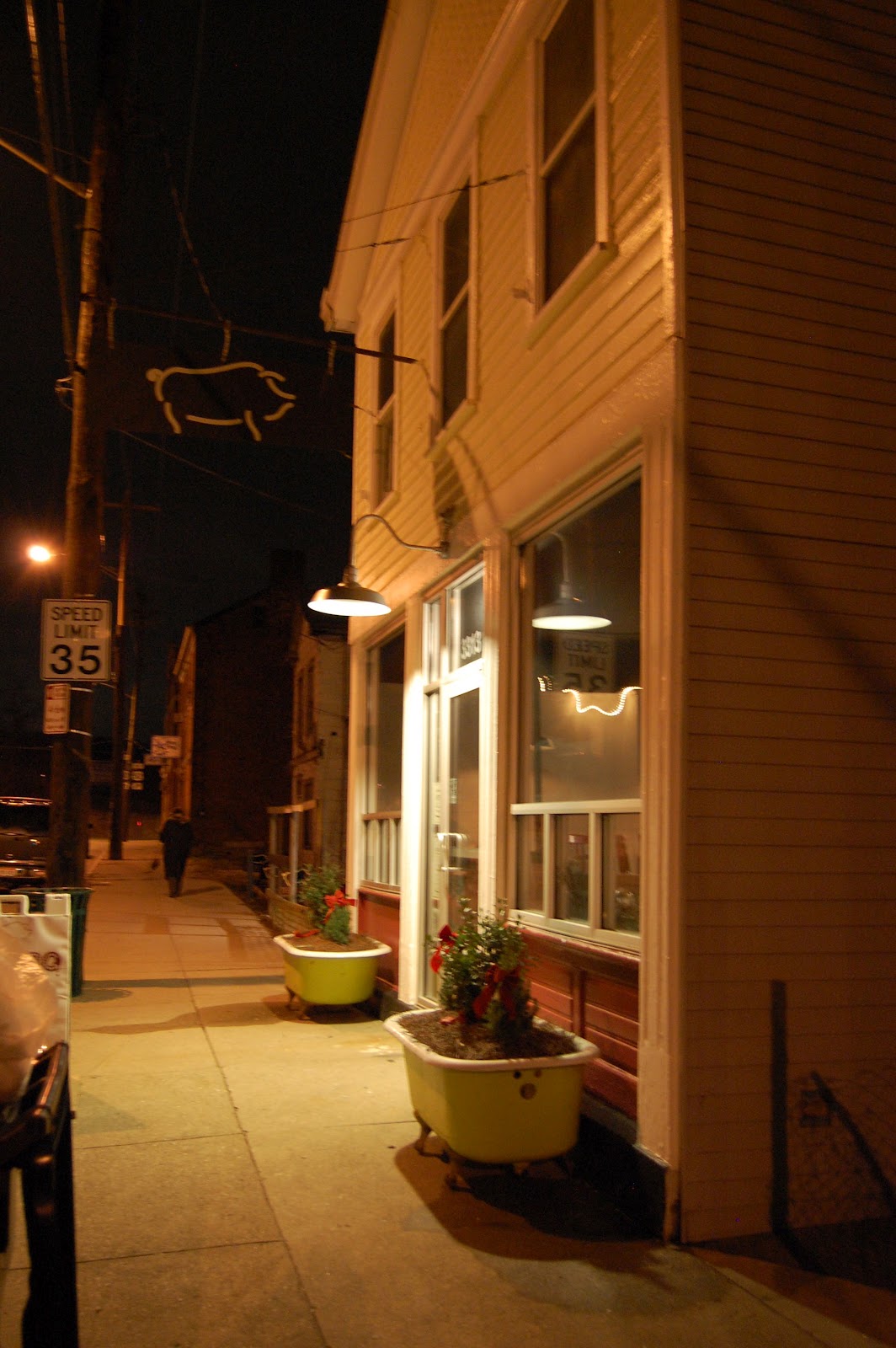The replacement part for my table saw arrived from Sears (the part cost $3, but the postage to get it here was $8). I know I need to get out there and replace the darned “collar” because, although my friend Bob cobbled together a workable solution, the saw cuts just a little tiny bit off. After a few cuts, though, that little bit of “off” translates into some weird looking pieces of wood.
A number of people still want to start top-bar hives this spring, and I’m plumb out of the hive bodies…I’ve got to keep building. I kept the last hive body on hand for less than 48 hours. So, today I’ll try to fix my damned saw. But it’s hot as hell, and I don’t want to do it.

